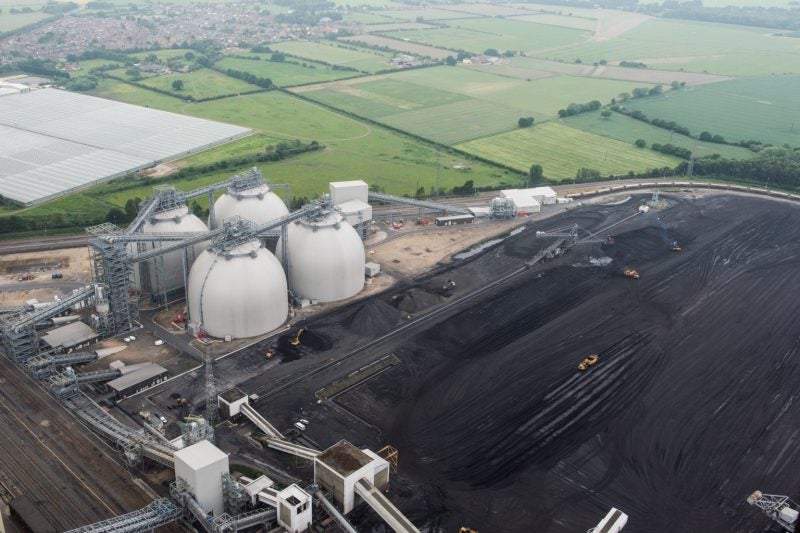
Great Britain has gone more than two months without using coal for power. Commenters and commentators met this news warmly while acknowledging the effect Covid-19 has had on power demand. However, this is only half the story.
The British power grid, separate to that of Northern Ireland, last used electricity from coal-fired power stations on the afternoon of 10 April. Since then, Britain has relied mainly on gas power, sourced mostly from North Sea reserves.
At the moment, electricity demand is approximately 20% lower than average due to Covid-19, and the country’s summer is approaching, meaning even lower power demand.

However, this was also the story in 2019 when the previous record for generation without coal in Britain was set. At the time, the country went a total of 18 days without using coal-fired power.
Coal is a canary for the UK energy transition
While 2020 seems like a different world, the change is not as drastic as the records make out. The summer of 2019 saw isolated days of coal use, but the overwhelming majority was coal-free. Coal’s energy share has rapidly fallen over the past eight years. The final push to 0% seems to be the slowest and most difficult part of the transition.
However, the coronavirus pandemic has helped in this respect. The same is true in other European nations, as France’s coal use currently rarely passes 1% of its total use. Its efforts to decarbonise are held back by its reliance on oil power, but it will have a much easier transition than countries such as Germany and Poland. Both remain reliant on coal, and the latter has excluded itself from the European Union’s plans for a “Green New Deal”.

US Tariffs are shifting - will you react or anticipate?
Don’t let policy changes catch you off guard. Stay proactive with real-time data and expert analysis.
By GlobalDataBritain’s abandonment of coal has happened relatively quickly. The country generated 39% of its power from coal as late as Q1 2013. Five years later, this was down to 8%. While this has happened, the country’s gas production has increased to fill the shortfall.

Many of Britain’s energy records have changed since January. Network operator National Grid has seen the most instantaneous wind generation ever, the largest use of renewables at any time, and the greatest instantaneous share of biomass generation.
Coal plants in Britain celebrate their last hurrah
As a sign of the times, Drax Power Station, the largest and one of the most reputed plants in the UK, has spent this time converting four of its six generators to burn biomass. The Drax Group claims this is Europe’s biggest decarbonisation scheme.
At the end of March this year, the country’s two oldest coal power stations closed leaving three remaining. Ahead of their closure, they gave a final surge of coal power as they burned through their remaining supplies. Coal was part of the British power mix for 117 days over winter, a big difference to the previous winter which saw 400 coal-free hours.
Drax announced it would close the remaining two coal-fired units by March 2021. It hopes to convert these to gas turbines and power storage, but plans have not yet been approved.
On Wednesday, plant workers started a strike ballot for those who would lose their jobs to the switch. Many people have spoken out against the conversions, particularly as the new fuel is shipped in from the US. The UK has a long history with coal, and some will mourn its passing when the final plant shuts off in 2024. The UK government ban on coal power which comes into force in 2025, after which it seems the country will focus on using renewables to replace gas.



